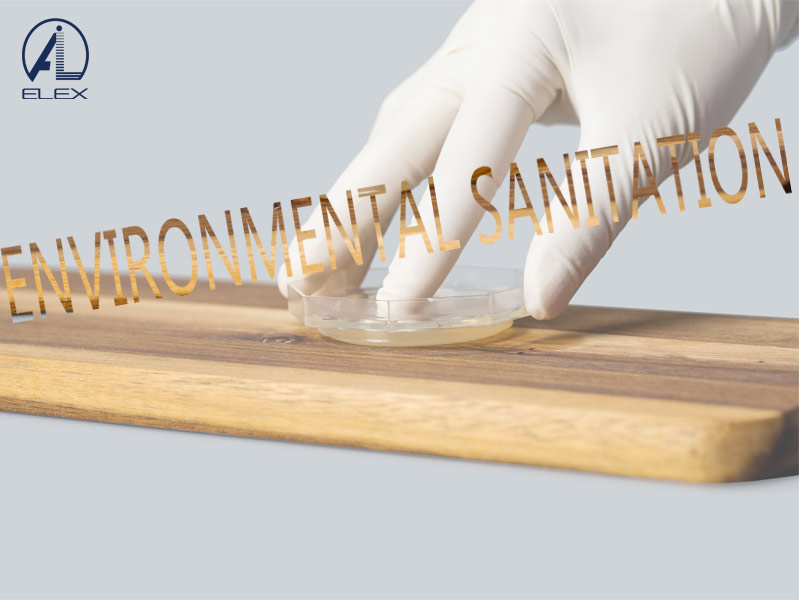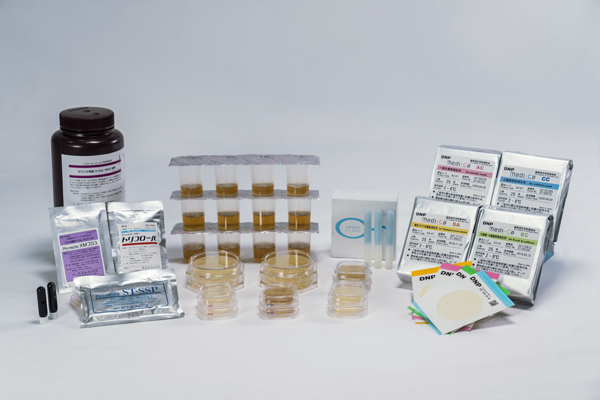A culture dish is a laboratory vessel used for microbial or cell culture, consisting of a flat disc-shaped bottom and a lid, generally made of glass or plastic. It was originally designed in 1887 by the bacteriologist Julius Richard Petrie working under the German biologist Robert Koch, so it is also known as the "culture dish". culture dishes are fragile and brittle, so care and care should be taken when cleaning and handling. It is best to clean the used culture dish in time and store it in a safe and fixed place to prevent damage and breakage.
The materials of culture dishes are basically divided into two categories, mainly plastic and glass. Glass can be used for plant material, microbial culture and animal cell adherent culture, and may also be used; Disposable and multiple-use, suitable for laboratory inoculation, streaking, and bacterial isolation, and can be used for the cultivation of plant materials.
(1) Soak
New or used glassware should be soaked in water to soften and dissolve the attachments; new glassware should be briefly washed with tap water before use, and then soaked in 5% hydrochloric acid overnight; used glassware often has a large amount of protein attached It is not easy to wash off after drying, so it should be immersed in clean water immediately after use for brushing to avoid affecting the subsequent culture of various types of culture media in microbiology.
(2) Brushing
Just like other glass microbiology lab kit, the soaked glassware should be put in the detergent water and brushed repeatedly with a soft brush. Do not leave dead corners and prevent damage to the surface finish of the utensils. Wash and dry the cleaned culture dish for pickling.
(3) Pickling
Pickling is to soak the above-mentioned utensils in a cleaning solution, also known as acid solution, to remove possible residual substances on the surface of the utensils through the strong oxidation of the acid solution. Pickling should not be less than six hours, usually overnight or longer. Be careful when handling utensils.
(4) Rinse
The utensils after brushing and pickling must be fully rinsed with water. Whether the culture dish is rinsed after pickling directly affects the success or failure of cell culture. When washing the pickled utensils by hand, each utensil should be "filled with water and emptied" repeatedly for at least 15 times, and finally washed with re-distilled water for 2-3 times, dried or dried and then packaged for later use.
 Spike Experiment of DNP Culture Media Plate Based on Ice Cream
Spike Experiment of DNP Culture Media Plate Based on Ice Cream
 A Tentative Study on the relevance of HACCP certification and infection control in hospital
A Tentative Study on the relevance of HACCP certification and infection control in hospital
 Environmental Sanitation Microbiology Testing
Environmental Sanitation Microbiology Testing
 Microbiology Test in Food Industry
Microbiology Test in Food Industry
 The Applicability of High-quality Ready-to-use Swab Sampler for Tableware Sampling and Public Places Supplies and Utensils Microorganisms
The Applicability of High-quality Ready-to-use Swab Sampler for Tableware Sampling and Public Places Supplies and Utensils Microorganisms
 Spike Experiment of DNP Culture Media Plate Based on Ice Cream
Spike Experiment of DNP Culture Media Plate Based on Ice Cream
 A Tentative Study on the relevance of HACCP certification and infection control in hospital
A Tentative Study on the relevance of HACCP certification and infection control in hospital




